Alina Strelkovskaia
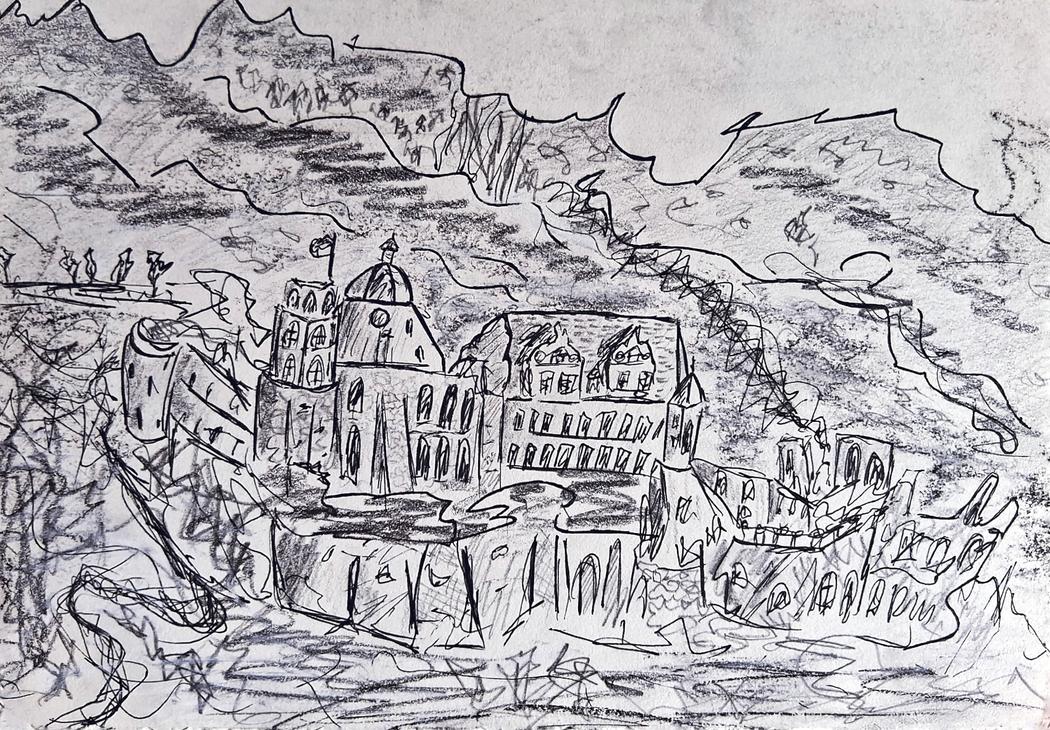 Alina Strelkovskaia | Deconstructed XII (Heidelberg Castle) | 2025
Alina Strelkovskaia | Deconstructed XII (Heidelberg Castle) | 2025
Your artistic practice is described as research-driven. How do you usually begin a new project—do you start from texts, archival sources, or more intuitive impressions?
It always starts with a place, and my presence within it. What draws me in is narrative patterns, systems of signs and cultural codes that inhabit the space. My works aren’t academic papers. They don’t review, or validate, or conclude. They echo, unravel and, in the natural flow of post-humanism, distort. So it’s important to distinguish artistic research from academic pursuit for objectivity. For me, the world is text. The never-ending process of semiosis. And I am… just a responsive reader really. Sometimes, I do get lost in stories – told legends, history books or archival records, but those are surface phenomena. Points of intellectual curiosity. The art itself comes from below that layer, from an inner process that resists any fixed workflow.
You use the term “Deconstructed Tales” to describe your work. Could you explain how you approach deconstruction when working with myths and historical fragments?
Deconstructed Tales isn’t a coined term. It’s a name, and research method in poetic disguise. My background in the humanities made me attentive to systems: cultural, psychological, political. Myths and histories never emerge in a vacuum, they are intricate feedback loops of meaning. My process is a visual response to those systems. Not to events or stories per se, but to the way they organise perception. The denser the historical layering of a place, the more irresistible the impulse to respond.
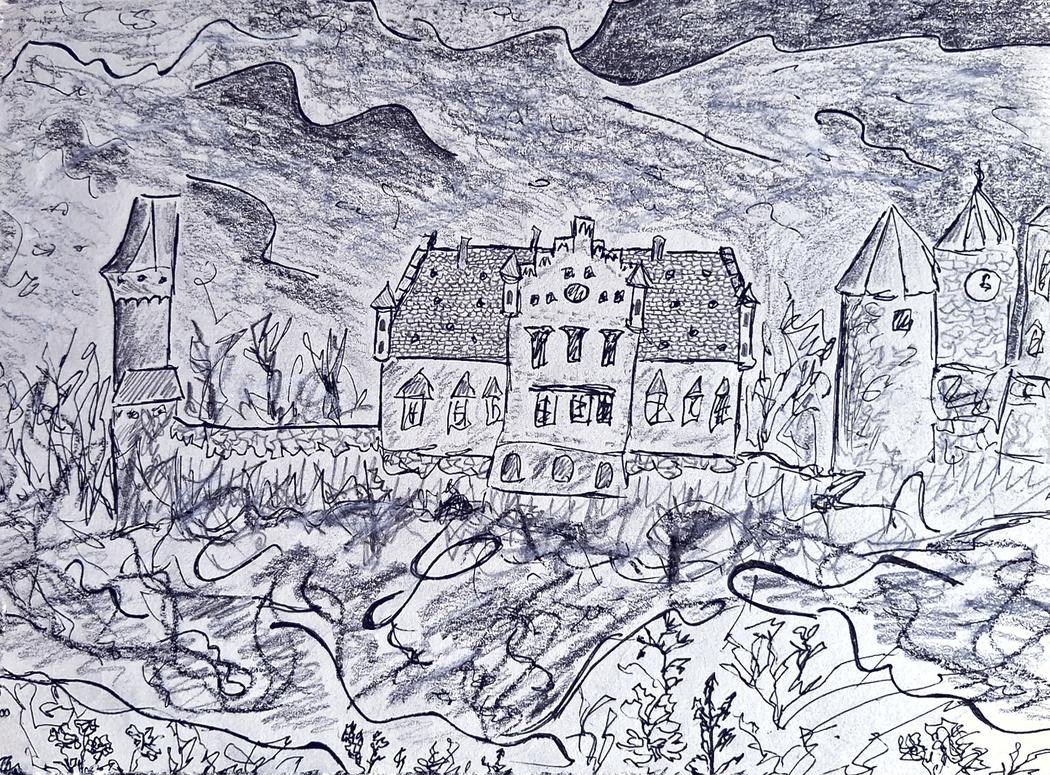 Alina Strelkovskaia | Deconstructed XI (Zwingenberg Castle) | 2025
Alina Strelkovskaia | Deconstructed XI (Zwingenberg Castle) | 2025
Living and working in Heidelberg, how does the local cultural and historical context influence your creative process?
Heidelberg is a tiny city with a formidable, nearly overwhelming historical layering. Move a stone, and you’ll uncover a residue of old beliefs and codes of forgotten meanings. Living here is like working inside a deep archive. Drawing and painting here is like conversing with ghosts, Samuel Beckett-style – and, inevitably, with myself.
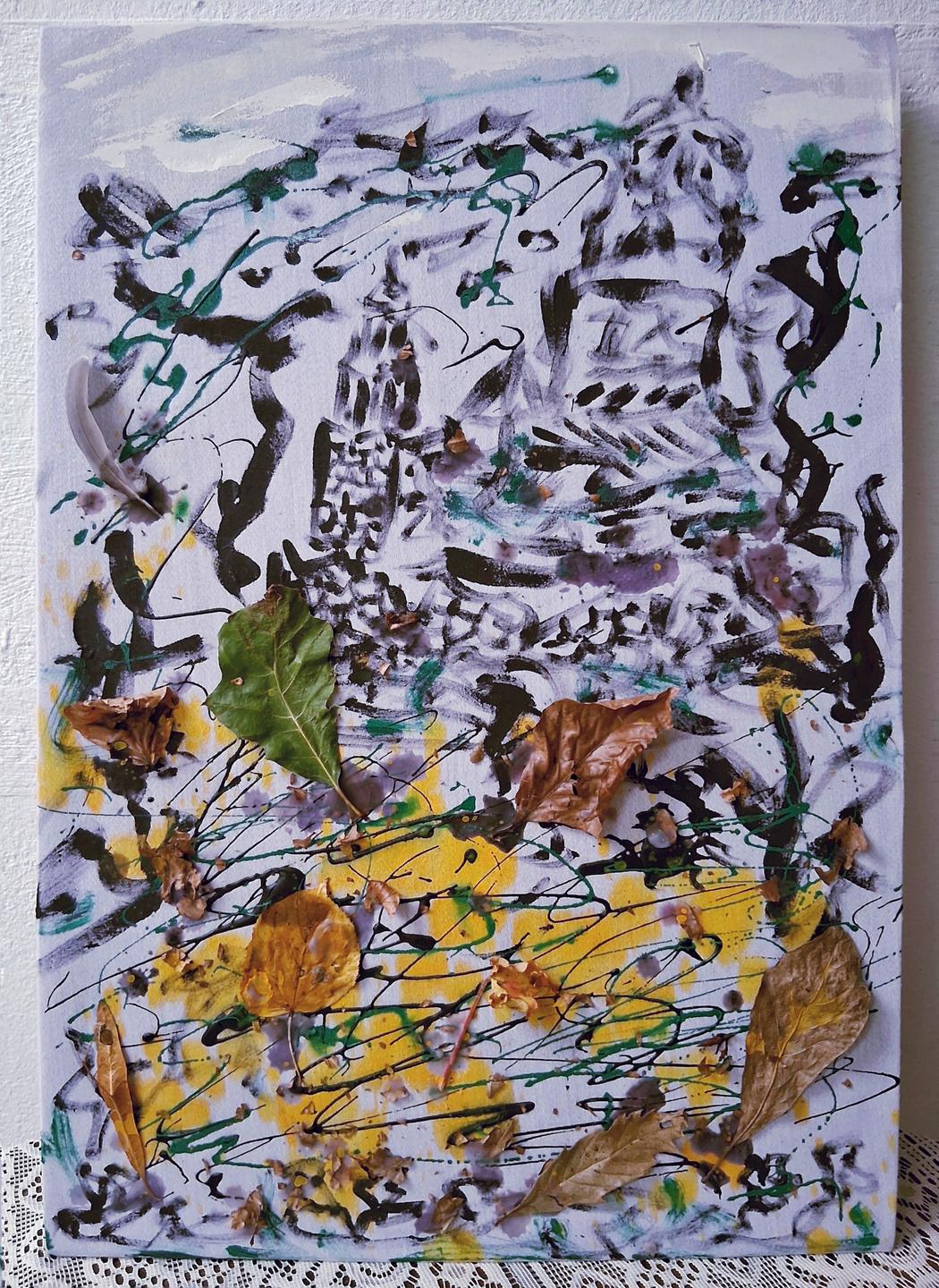 Alina Strelkovskaia | Rain In The Otherworld | 2025
Alina Strelkovskaia | Rain In The Otherworld | 2025
Your works often oscillate between the analytical and the visceral. How do you balance these two seemingly opposite approaches?
They aren’t opposite, they are part and parcel of being human – mind and nerve. The balance happens through self-awareness and metacognition, through knowing when and why each speaks. Also, a dose of irony helps. And an unflinching honesty with oneself.
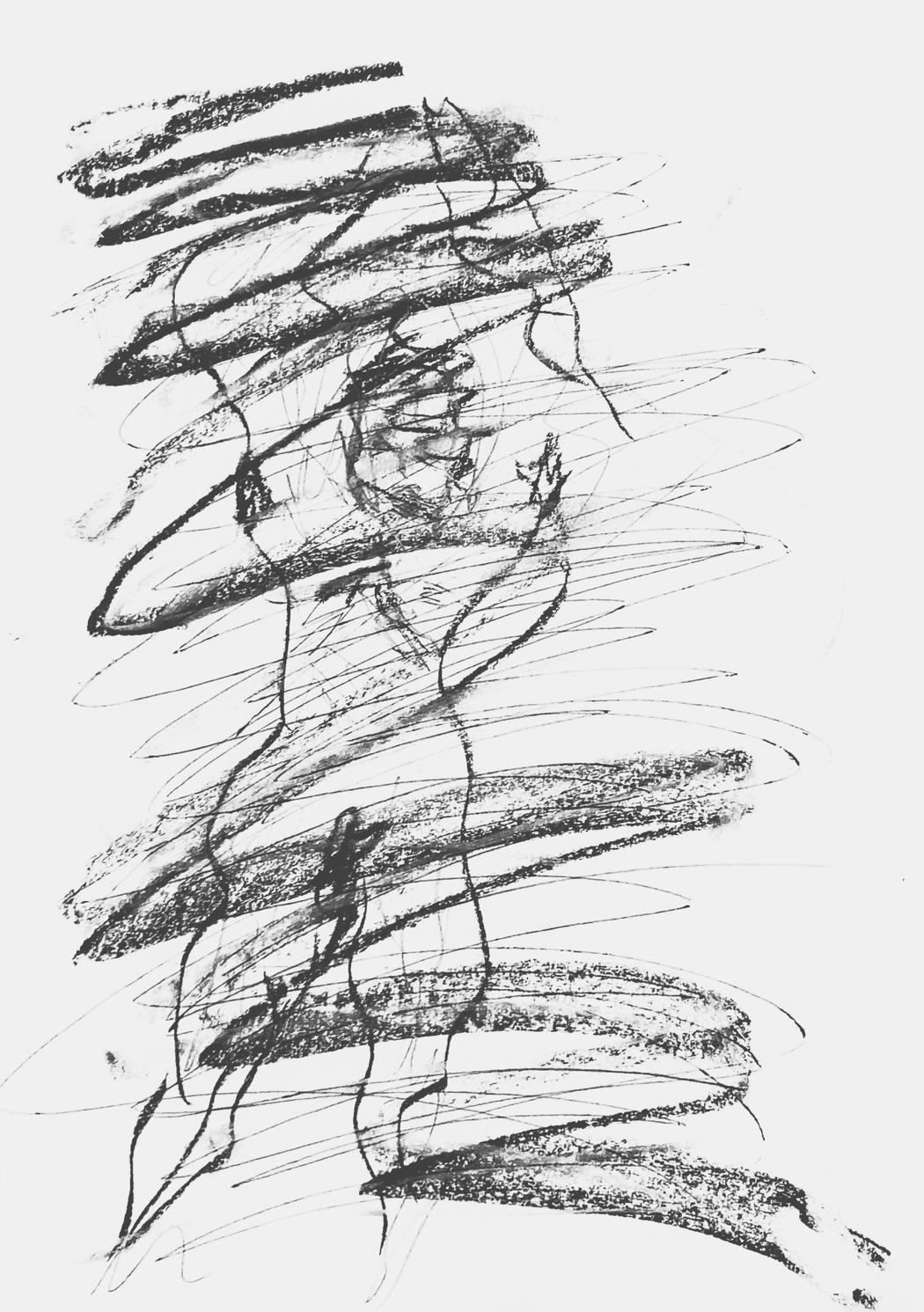 Alina Strelkovskaia | Self Portrait As A Witch | 2025
Alina Strelkovskaia | Self Portrait As A Witch | 2025
Many of your drawings and paintings suggest a dialogue with memory and trauma. What role do personal experiences play in shaping these themes?
No artist can approach these themes without touching the skin of their own experience. You need a perspective that bleeds – otherwise it’s not art, it’s commentary.
In your view, how can art help to preserve, reinterpret, or even challenge collective memory?
Art is narrative design at its most radical. Collective memory doesn’t exist by itself. It’s produced and mediated through public discourse, and art is one of the most powerful discursive engines the humanity has ever had. Every exhibition, every image, every social media post re-calibrates what a culture remembers or forgets.
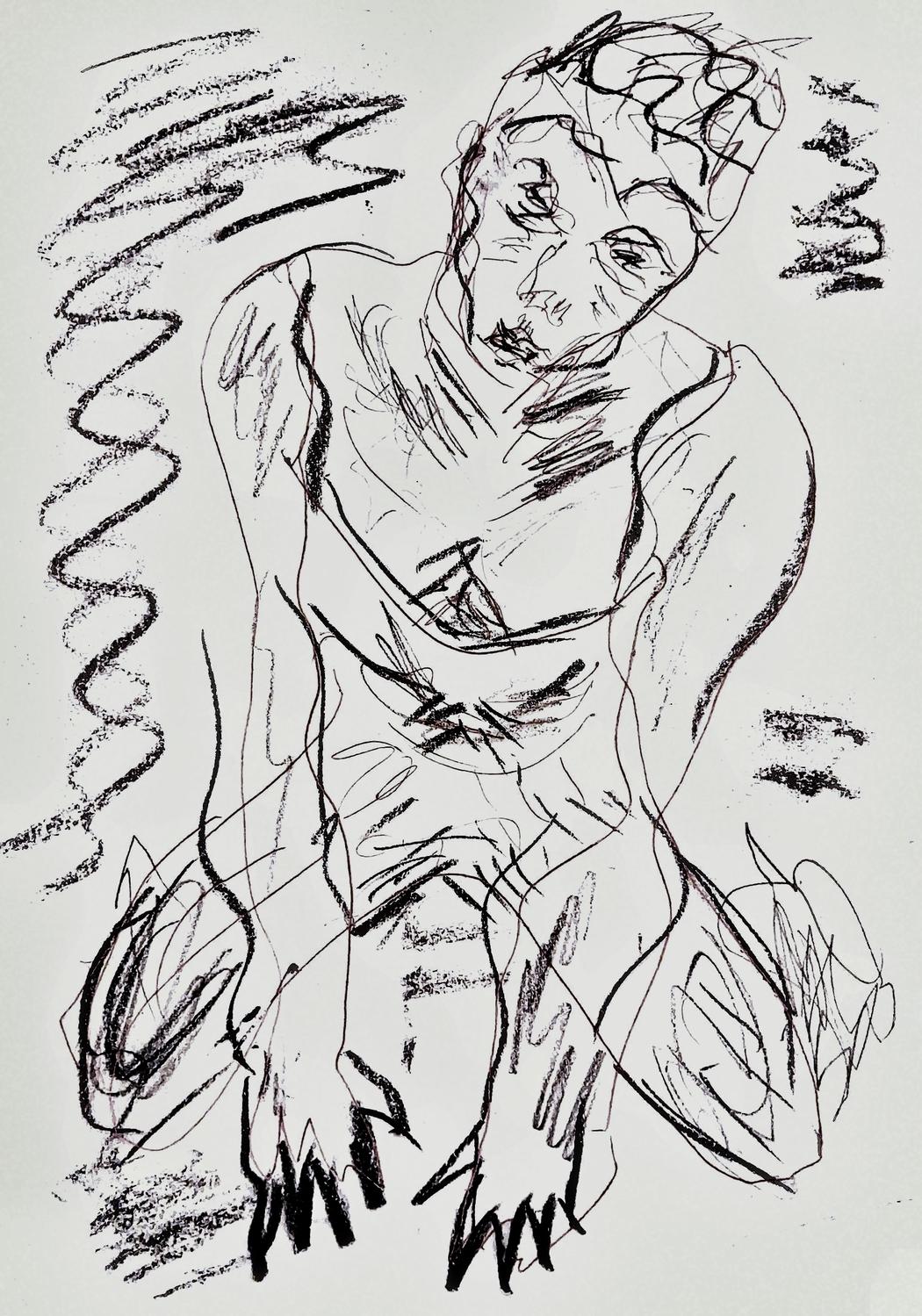 Alina Strelkovskaia | Self Portrait As A Witch | 2025
Alina Strelkovskaia | Self Portrait As A Witch | 2025
What materials and techniques do you find most effective for capturing the “raw data” of a place?
Usually, just paper and pencil. I often draw outdoors, mostly in black and white, keeping colour and detail at bay. I’m interested in bare perception – the fracture of meaning when form distorts. That’s the root of my Artifacts series. In Digressions (paintings), I move into gestural abstraction and assemblage – studio works that transmute those raw perceptual fragments into new matter. There’s an echo of German Expressionism in all this, perhaps because it shares that same drive to externalise inner vibration. But ‘effective technique’? Art isn’t data science, it doesn’t run on clean functions. Thankfully.

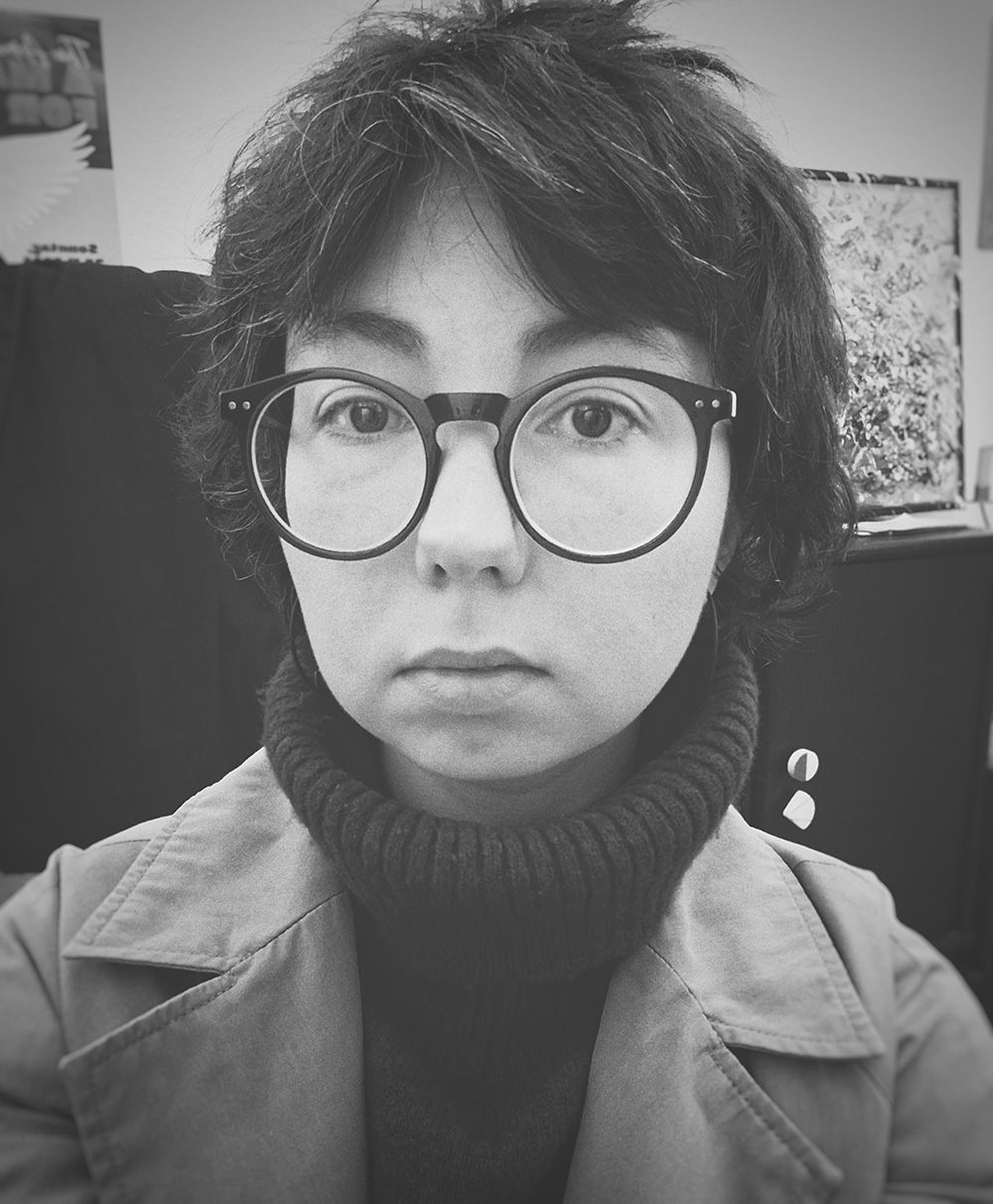
Leave a Reply